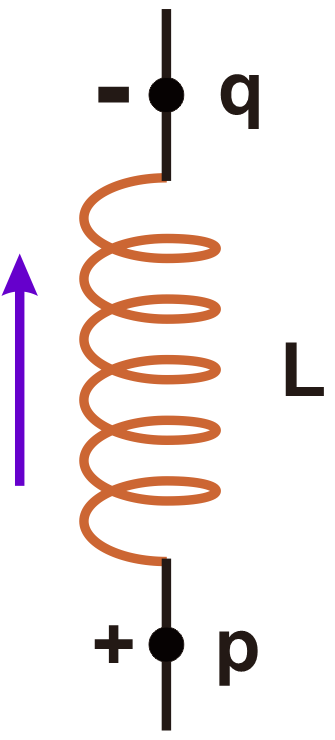Here are the essential concepts you must grasp in order to answer the question correctly.
Inductance
Inductance is a property of an electrical component, typically a coil or inductor, that quantifies its ability to store energy in a magnetic field when an electric current flows through it. It is measured in henries (H) and is defined as the ratio of the induced electromotive force (emf) to the rate of change of current. In this case, the inductor has an inductance of 0.260 H, which influences how the current changes over time.
Recommended video:
Faraday's Law of Electromagnetic Induction
Faraday's Law states that a change in magnetic flux through a circuit induces an electromotive force (emf) in that circuit. This principle is crucial for understanding inductors, as the changing current in the inductor creates a changing magnetic field, which in turn induces a voltage across the inductor. The direction of the induced emf opposes the change in current, as described by Lenz's Law.
Recommended video:
Voltage and Current Relationship in Inductors
In an inductor, the voltage across the inductor (V) is related to the rate of change of current (di/dt) through the equation V = L(di/dt), where L is the inductance. If the voltage is positive and the current is increasing, the induced emf opposes the increase, suggesting that the current is decreasing. Conversely, if the current is decreasing, the induced emf acts to maintain the current, indicating that the current is indeed decreasing in this scenario.
Recommended video:





